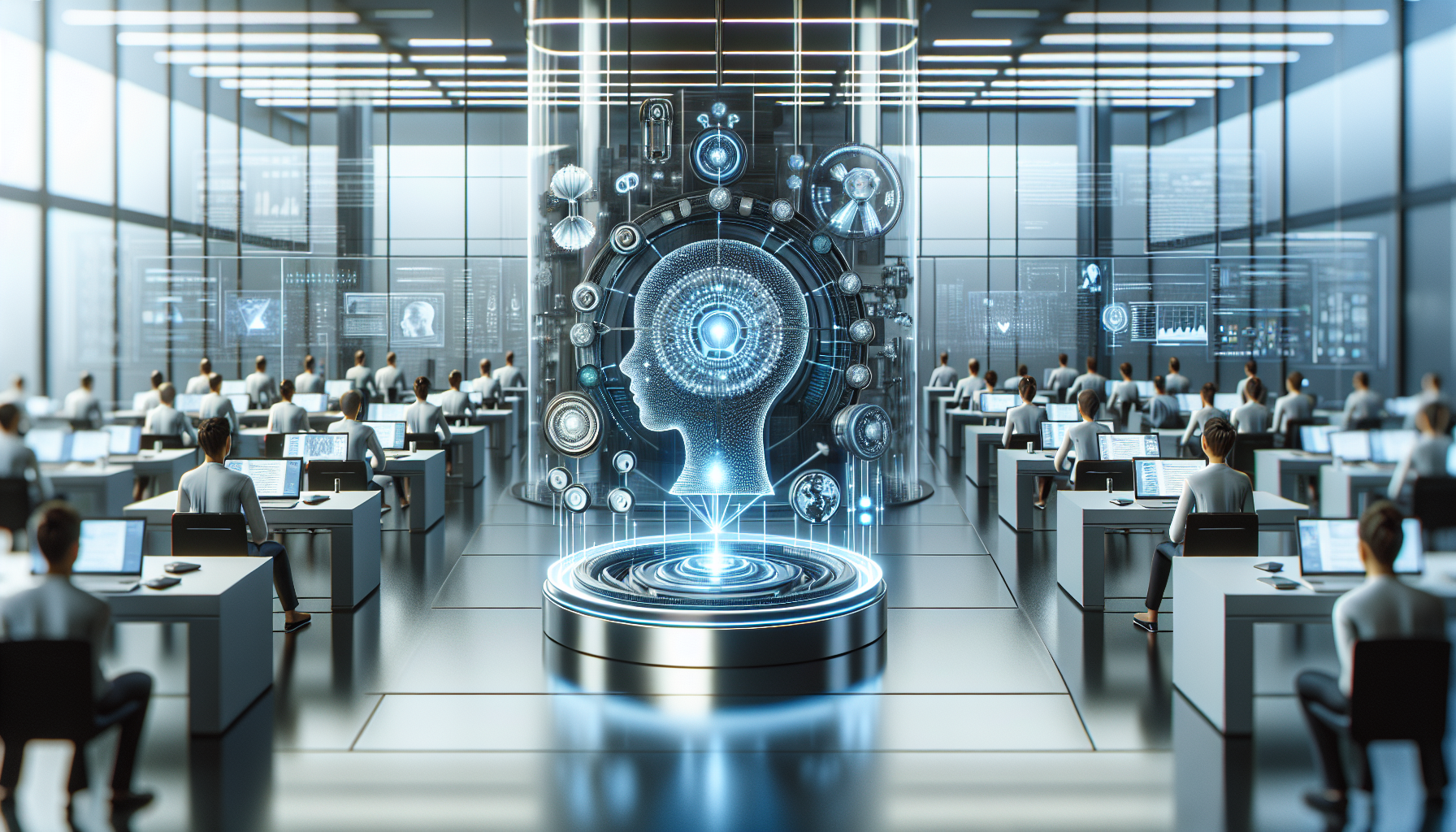
AI and Human-Computer Interaction: A Historical Perspective on Bridging the Gap
April 11, 2025
The journey of artificial intelligence (AI) from a conceptual dream to an integral part of human-computer interaction (HCI) is a testament to the relentless pursuit of innovation. This journey is not merely a tale of technological advancement but also a narrative of human ambition to create machines that understand and respond to us in ways that are both intuitive and intelligent.
The origin of AI in HCI can be traced back to the early days of computing, when the primary focus was on improving computational power and efficiency. During this period, computers were largely seen as number-crunching machines, devoid of any interactive capabilities beyond simple command-line interfaces. However, the seeds of change were sown when pioneers began to envision computers that could engage with humans in more natural and meaningful ways.
One of the pivotal moments in this evolution was the introduction of graphical user interfaces (GUIs), which marked a significant shift from text-based inputs to visual interaction. This innovation laid the groundwork for more sophisticated forms of interaction, allowing users to engage with machines through icons, windows, and menus. It was a step closer to creating a more user-friendly computing environment, yet the dream of machines that could truly understand human intent remained elusive.
As AI technologies advanced, the focus shifted towards developing systems capable of learning and adapting. This was a crucial phase, as it introduced the idea of machines that could not only perform tasks but also improve their performance over time. The advent of machine learning and natural language processing (NLP) technologies was instrumental in this regard, enabling computers to process and understand human language in a more nuanced manner.
One lesser-known aspect of AI's integration into HCI is the role of cognitive psychology in shaping these interactions. Researchers began to study how humans perceive and process information, seeking to design interfaces that mirrored these cognitive processes. This interdisciplinary approach combined insights from psychology, computer science, and design, leading to more intuitive interactions that catered to the human experience.
Simultaneously, the development of speech recognition systems marked another milestone in bridging the gap between humans and machines. The ability of computers to recognize and respond to spoken language brought a new dimension to human-computer interaction, making technology more accessible to a broader audience. This democratization of technology empowered individuals who were previously excluded due to literacy or physical limitations, highlighting AI's potential to enhance inclusivity.
Today, AI-driven systems are capable of predicting user needs, offering personalized experiences, and even engaging in meaningful conversations. Virtual assistants and chatbots exemplify this progress, as they navigate complex queries and provide assistance across various domains. However, this journey has not been without its challenges. Concerns around privacy, ethical use of data, and the potential for AI to reinforce societal biases remain pressing issues that demand careful consideration.
The historical narrative of AI and HCI is also marked by instances of skepticism and fear. Dystopian views of AI taking over human roles have persisted, fueled by fictional accounts and misinterpretations of technological capabilities. Yet, history shows that each wave of innovation has been met with a reevaluation of human roles, often leading to new opportunities and areas for collaboration between humans and machines.
As we reflect on this historical trajectory, it becomes evident that the quest to bridge the gap between AI and human-computer interaction is as much about understanding ourselves as it is about understanding technology. It challenges us to reconsider what it means to interact, communicate, and coexist with intelligent systems.
Looking ahead, one might ponder how the ongoing interplay between AI and human-computer interaction will shape the future of work, creativity, and human expression. What new forms of interaction will emerge, and how will they redefine our relationship with technology? These questions invite us to imagine a future where AI not only augments our capabilities but also inspires us to explore new dimensions of human potential.


